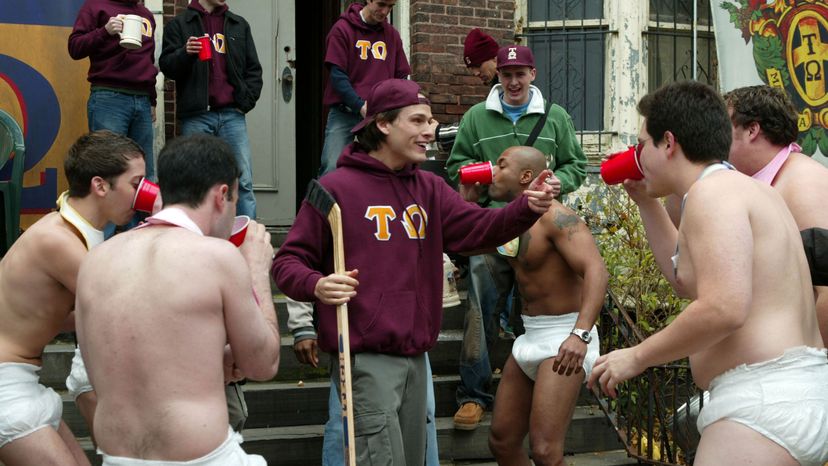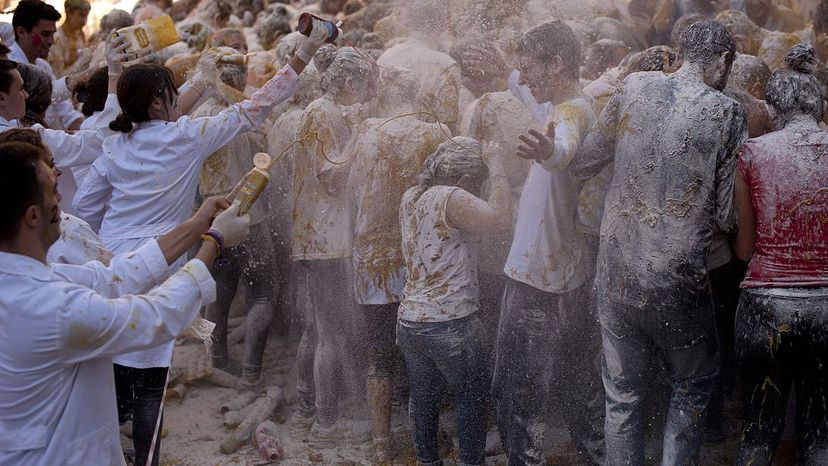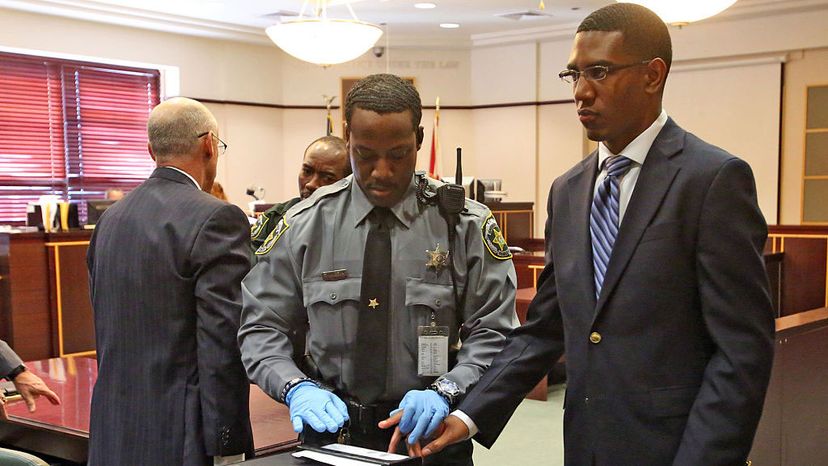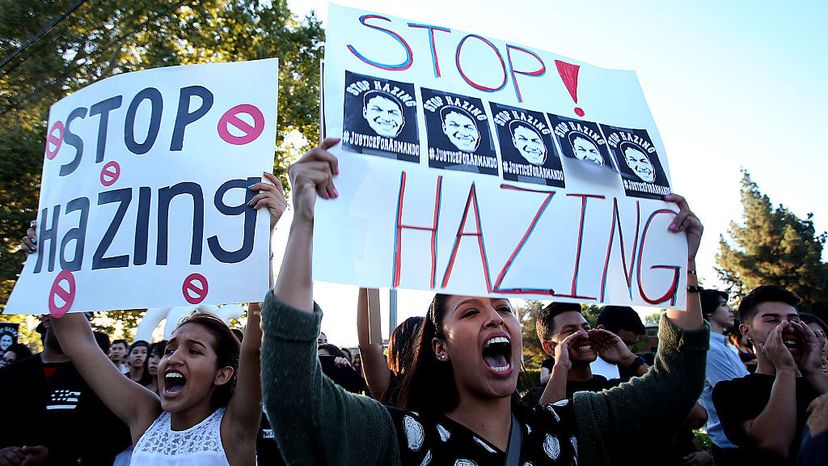
On Sept. 19, 1885, a high-school student named Edward Turnbach from Hazelton, Pennsylvania, was made to run "the gauntlet," a time-honored ritual in which Turnbach was required to run through a line of his classmates as they punched and kicked him. Turnbach died a few days later from severe injuries to his kidneys [source: Bresswein].
More than 125 years later, on Nov. 19, 2011, a young man named Robert Champion, drum major for the Florida A&M University marching band, was beaten to death while running a similar gauntlet. The ritual, known as "crossing Bus C," was supposed to be Champion's official welcome to the band's inner circle. Instead, Champion died from his injuries and one of his bandmates was sentenced to six years in prison on a manslaughter conviction [source: CBS4].
Advertisement
The centuries are different, but the story is the same. A young man wants to be accepted by his peers and welcomed into an exclusive group, a group that seems to represent everything he's looking for — a sense of brotherhood and belonging. He's told that all new members must pass through some initiation rites, physical and mental tests that all the older members have also endured.
These rituals and traditions will bring the new members closer together, he's promised. Going through these experiences together will form bonds that will last forever. Everybody does it. Everybody says it's worth it. Anyway, it's not that bad. You can trust your brothers, can't you?
That's an open question. Hazing is everywhere. We know it's an epidemic on college campuses, where at least one student has been killed in a hazing-related incident every year in the U.S. since 1959 [source: Nuwer]. But the groupthink psychology that perpetuates hazing isn't confined to a specific age, sex or social environment. High school girls' soccer players haze. Professional fire fighters haze. Acapella groups haze.
Our instinct to test and try newcomers is real, the product of a few hundred thousand years of human evolution [sources: Cimino]. New arrivals need to win our trust and prove their loyalty to the group. But the modern practice of hazing is a twisted take on traditional rites of passage. Fueled by alcohol and designed to demean, modern hazing serves no real purpose other than to perpetuate bogus traditions and laugh as others suffer the same dangerous humiliations that the older members suffered.
In this article, we'll try to give a definition for hazing, delve into the psychology behind it and discover how it manifests itself in different settings.



